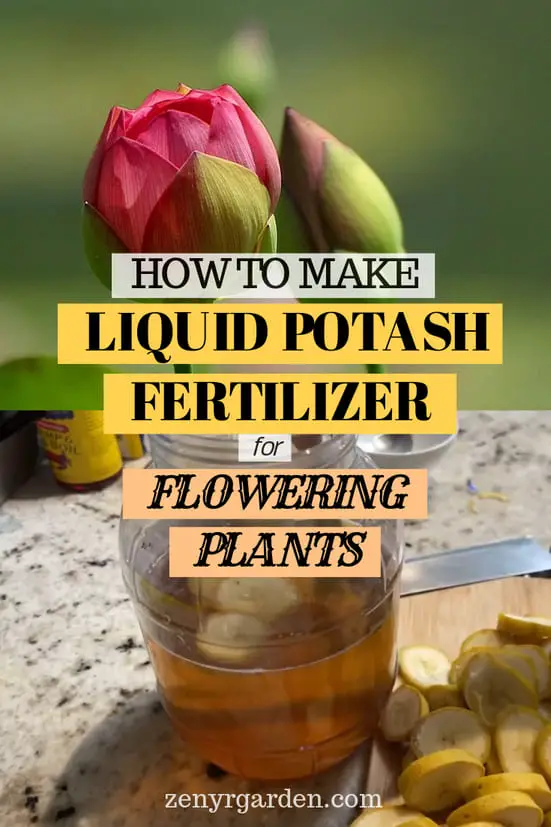Let's see how to make liquid potassium fertilizer from bananas, both meat & peels. We'll base our process on the GE-making process. It's really easy to do.
Let' jump in on the fun. First, we need to prepare a few different ingredients:
Ingredients:
- 2 bananas
- 100 gr / half cup sugar
- 1L / 4 cups water
/ingredients-we-need.jpg)
With all the ingredients and tools ready, we can head over to making the liquid fertilizer.
Step 1: Mix Sugar + Water
/step-01-mix-sugar-water-mini.jpg)
Pour water into the jar. Then add the sugar. Stir them up so it's well dissolved. You can use a wooden or bamboo stick to avoid chemical re-actions.
Then, we can:
Step 2: Chop & Drop Bananas In
/step-02-chop-add-bananas-mini.jpg)
Cut the bananas into smaller pieces and drop them into the jar.
And finally:
Step 3: Close The Jar Lid
/step-03-put-lid-on-let-ferment.jpg)
Close the lid, write the make date on it if you like and put the jar in a cool dark place for about 0 days. During the first week, you can twist the lid open a few times to let the built-up CO2 out.
Another way you can do is affixing a balloon on the container mouth. The CO2 gas will blow out making the balloon bigger while releasing built-up pressure inside the jar, making it less prone to cracking or exploding.
When the liquid is done fermenting, you can filter out the banana pulp. Dry it under some sunlight and you can use it in your compost or to fertilize plants.
With the done liquid fertilizer, you can mix 6 ml in 1L of water. Or about 3-4 teaspoons per gallon of water.
A Few Notes
For the potassium source, you can use overly ripened bananas or those that have turned a bit black. This way, they are more softened so they'll break more easily and you don't have to blend anything beforehand. Or more simply, after eating, you can throw some banana peels in. Banana flowers are also a great source of potassium.
Sugar will be the source that feeds the microbes, the ones that will do the work for us to break down the bananas and release the potash in the mix. You can use white sugar or brown sugar. Brown sugar, as it's not been processed, still contains some more vitamins in it. Molasses is also okay. It has some other minerals like iron.
And finally, make sure the water you use is chlorine-free so our beneficial bacteria won't die off. If you use tap water, let it sit overnight so the chlorine can vapor off.
You can use a mason jar or a plastic container to hold our mix. Leave some head room for the microbes to breathe (the CO2 bubbles).
Using Banana Liquid Fertilizer On Kumquat Plants
Some people also call this potash liquid fertilizer, banana GE (or banana Garbage Enzyme). The stuff we've just made has shown good results when used on kumquat plants. It doesn't corrode the soil so even for potting soil we don't need to replace them every 6-12 months.
Upon application with the banana liquid fert, growers have seen that the kumquat plants grow lots of flowers (with vibrant color and fragrance). They are loaded with fruits and the fruits tend to not drop easily. With good sunlight, regular watering and pruning, the trees grow branches fast and have big thick stem. It's really rewarding.
If you're interested, you can check out garbage enzyme here:
Credits:
Share or pin this post!


